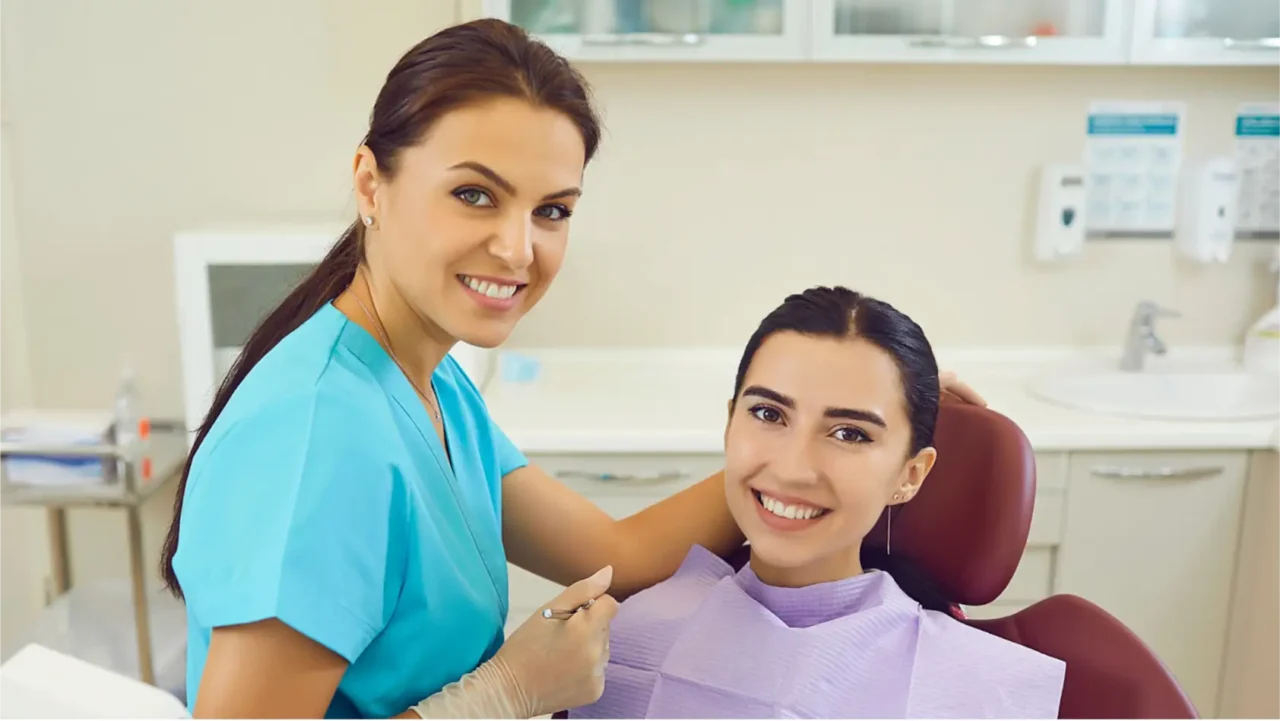Choosing the right orthodontic treatment can be a daunting task, especially when you’re aiming for a solution that is both effective and aesthetically pleasing.
While aligners without attachments offer a seemingly unobtrusive option, they come with certain limitations that you should consider.
As your trusted dentist in Adelaide, we believe in empowering our patients with all the necessary information to make informed decisions.
What Are Aligners Without Attachments?
Aligners without attachments are clear, removable orthodontic devices designed to straighten teeth discreetly.
Unlike traditional braces, these aligners are less noticeable and can be removed during meals or when brushing your teeth.
However, the absence of attachments means they may not be suitable for correcting more complex dental issues.
Key Limitations
1. Limited Control Over Complex Cases
Aligners are typically recommended for mild to moderate orthodontic problems like minor crowding or spacing issues. For complex cases involving severe misalignment, rotations, or bite problems, traditional braces with attachments offer more precise control over tooth movement. Attachments, such as brackets and bands, allow orthodontics to apply greater force and guide teeth into their correct positions effectively.
2. Rotational Control
Correcting tooth rotations is a challenging task for aligners without attachments. Braces, with their fixed brackets and wires, provide the necessary force and control required to tackle tooth rotations effectively. If you have extensive tooth rotations, aligners may not be the best choice for you.
3. Predictability of Treatment
In some cases, the predictability of treatment outcomes with aligners alone may be lower compared to braces with attachments. Attachments assist in facilitating specific tooth movements, ensuring better control over the orthodontic process.
4. Anchorage Control
Maintaining anchorage is crucial in orthodontics, especially when correcting bite issues. Traditional braces offer superior anchorage control compared to aligners without attachments. Brackets and wires enable orthodontic practitioners to ensure that certain teeth stay in place while others move.
5. Patient Compliance
The success of aligner treatment heavily depends on patient compliance. Aligners must be worn for at least 20-22 hours per day to be effective. Non-compliance, such as extended periods without aligners, can result in slower progress and less effective results.
6. Speech and Saliva Management
Some patients may experience minor speech changes or increased saliva production when wearing aligners, particularly during the initial adjustment period. These issues may resolve over time as the patient becomes accustomed to wearing the aligners.
7. Treatment Duration
Aligners may require a longer treatment duration compared to braces, primarily due to the difference in force exerted on the teeth. Braces can apply more force, allowing for quicker corrections in some cases.
8. Maintenance and Staining
Proper maintenance is essential when using aligners. Regular cleaning is necessary to prevent discolouration or odour. Additionally, certain foods and drinks can stain the aligners, affecting their appearance.
9. Suitability for All Cases
Aligners without attachments may not be suitable for all orthodontic cases. Individuals with specific dental or skeletal conditions may require alternative treatments. It’s essential to consult with an experienced orthodontic practitioner who can evaluate your unique needs and recommend the most suitable treatment plan.
In conclusion, orthodontic aligners without attachments offer a convenient and aesthetically pleasing option for many individuals seeking orthodontic treatment. However, their limitations in addressing complex cases, tooth rotations, and anchorage control should be considered when making treatment decisions. Consulting with a dental professional will help you determine the most appropriate treatment option tailored to your specific requirements and goals.
How to Book a Consultation
Ready to discover how orthodontic aligners without attachments can enhance your smile? Booking a consultation is the first step on this exciting journey.
CLICK HERE to fill out a brief form and schedule your appointment.
Alternatively, you can give us a call at (088) 271-6233, and our friendly staff will assist in arranging a consultation time that fits your schedule.
Drs Jack and Angela Gaffey look forward to answering all your questions and discussing how aligners without attachments might be the right choice for you.



